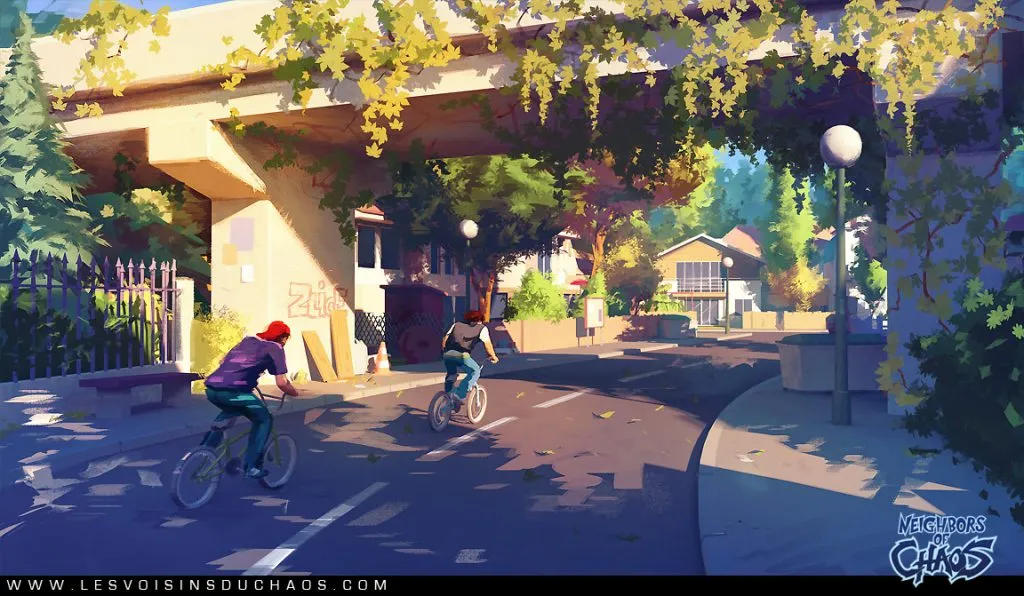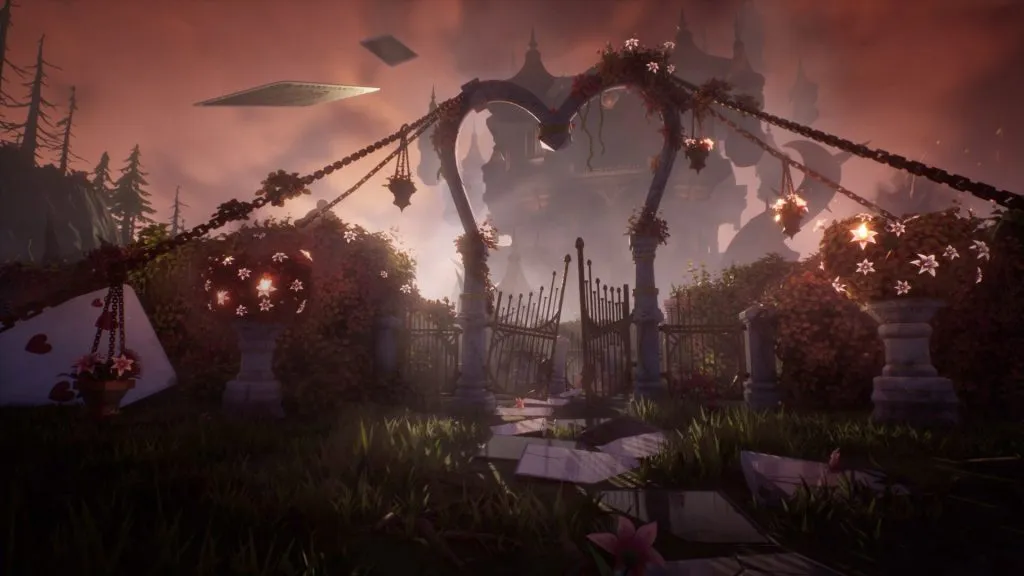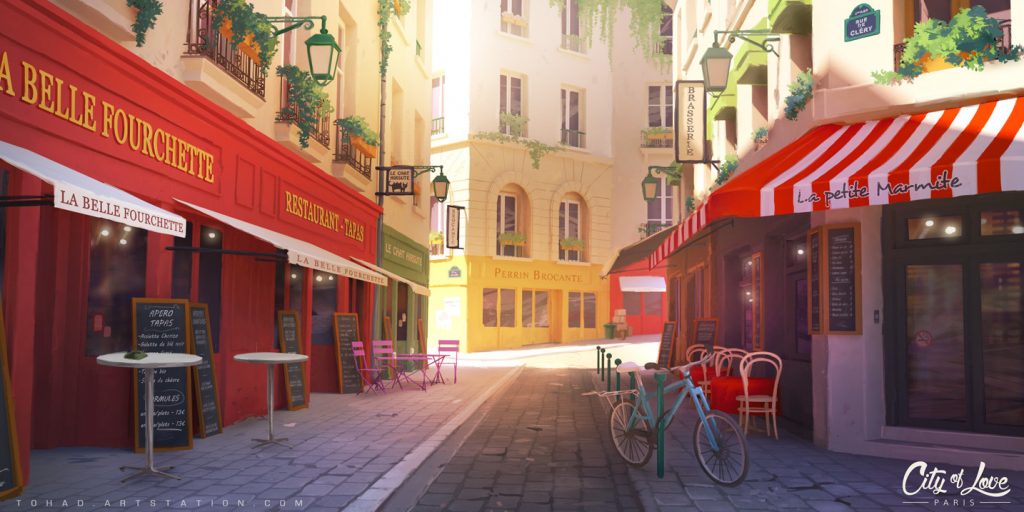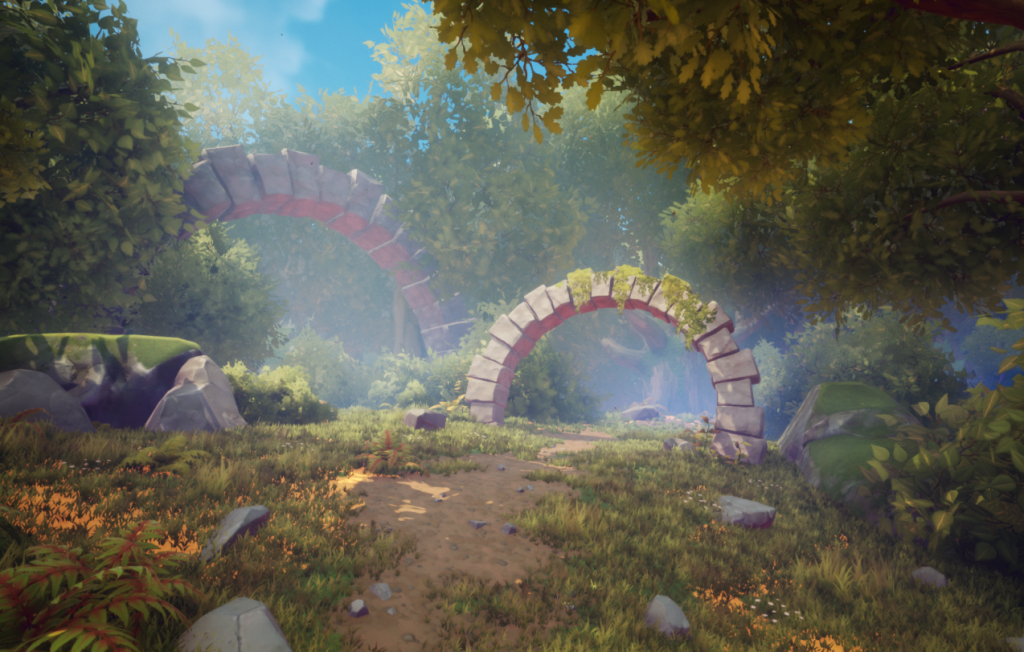Understanding and Synthesizing Lighting
Well-done lighting can totally transform visual art to achieve polish and beauty. Artist Sylvain ‘Tohad’ Sarrailh has shown deep mastery of this, and his work inspires so many of us. That’s why the team at Core launched an environment building challenge inspired by Sylvain’s art. To level up your art, both in and out of the challenge, here are some tips on lighting from the artist himself:

Lighting is a tremendously large topic, so today I’d like to focus on one facet of it that I consider absolutely essential: our individual perception of light and our personal way of synthesizing it.
My journey with lighting began while drawing comics as a teenager. I drew a lot of them, as I had dreams of it becoming my career after my studies in animation cinema. Like the majority of designers in comics, I drew in lines. Despite my passion for drawing, it was something very laborious for me. Drawing my characters and my backgrounds just with lines required a lot of effort. I felt like I had never mastered my tools, whether pencils or the stylus of my tablet. I was unable to take pleasure in the precision required by the lines and the inking.
At the same time, thanks to digital technology, I was taking more and more pleasure in focusing on the color and light of the scenes I was drawing. I had a lot of fun trying to transcribe volumes and depth just with color. As I tried to be more productive, I started to no longer really care about the lines in my drawings. I discovered the pleasure of drawing my landscapes and backgrounds directly with thick, uneven and unpredictable photoshop brushes. It was faster and more unforeseeable, with more surprising results. It was a complete revelation for my brain.

(My first artwork without line)
I realized that I thought of my subjects from the inside and not from the outside, by their silhouette and not by their outline. If I have to draw an apple, I will first start with a red spot, on which I will then add a shadow followed by a specular of light. It’s much more instinctive for me and my way of perceiving the world. Representing a fruit by its outline, its contours, by the line, that is something deeply inconsistent in the way my mind wishes to transcribe it.
For many years, drawing with lines was like trying to wear shoes that were not my size. But with digital painting, I discovered how I artistically interpreted the world around me. I could produce my images like I could play with putty. I could tangibly add and remove light, as I would with matter. These tools allowed me to reinterpret my very concept of art and truly create.
In my daily life, I love it when the sky is clear because I can locate the depth of each subject much easier thanks to the sharp shadows they emit and receive. This perception is undoubtedly very personal and influenced by the fact that I live in the south of France. But that is why I insist on the importance of our individual perception of the world around us – it is from there that we can find the practice that is most suited to our creativity.
In fact, I experiment with new techniques every week by mixing different tools. With technologies such as Quill, Oculus Medium, Unreal Engine or even Core, I continually learn and prototype new ways of producing my images.

Original scene in Core – ArtStation post here
Now, in case my words are a little too nebulous for those looking for techniques, here are some concrete tips that are a little more practical than artistic introspection.
Start you sketch with colors
I start all my compositions directly in color. Never in grayscale. I know it’s a huge debate, but I use colors as much as contrasts to compose my images. It requires more work when making the first sketches but it allows me to have a much more precise control over the light atmosphere. I know that a red wall exposed to light will bounce its color on everything around it, it may even be the “eye candy” part of my image. A style is often the result of the technical priority that is used to build its illustrations. From my perspective, it is all about the depth, the lighting and the color. I combine these three techniques as a priority when I start a sketch.
Use light as a subject
The main subject of an image does not necessarily have to be a character, an action or a decoration, but can rather be a projected shadow or a light exhibition. No matter the subject, if the lighting is thought creatively, the scene can become incredibly attractive. The fantastic background artists of Japanese animation can make any scene in everyday life magical, even on the edges of motorways. Out-of-scope subjects can be revealed by the shadow they make appear in the composition. Do you need to add a diagonal in your image to give dynamism? A shadow or a ray of light can do this job.

The Banner Saga Tribute. Example of how to use the drop shadows on a hill to define a new landscape
Find references daily
During my daily commute trips, I regularly take photos of the most poetic moments in my environment. Light reflecting off a bicycle in a small street, a cloud having hints of pink in the evening, a horizon of hills dotted with shadows and light, the red reflection of the headlights of cars in the puddles after the rain – when you see these scenes, frame them mentally or take pictures. It is vital to actively seek out inspiration. Each framing is a new entry in your mental library of colors and lights. It is also a pleasure to develop a contemplative look at what lighting reveals.
Tint the shadows
In a large part of my images you will notice that I regularly add blue into the shadows. I live in a region where the sky is always deep blue, this often impacts the shadows that I observe on a daily basis. The color in the shadows is information for the viewer’s gaze on what surrounds the scene. It is not always easy to take this into account when producing your image, but when finishing up an illustration, I always recommend adding a layer in overlay mode on Photoshop or Procreate which you can then paint color additions with. Target the darkest areas of your image with a soft, slightly opaque brush; it’s often a great way to play with the “bounce lights” and exaggerate the strength of your colors a bit.

Background from City of Love. The lighting with warm colors is inspired by my daily life in Toulouse.
In summary, the best exercise is to practice actively observing the world around you; this is what allows you to concretely understand shadows and lights. Create your own methods and mix your techniques to obtain a unique interpretation of light. Art is a way of making our gaze accessible to others and manipulating light is its language.
These conceptual fundamentals are sure to drive your art to the next level, regardless of your medium. However, you’ll get far more out of this knowledge by actively implementing these techniques – fortunately Core has got just the thing, an environment creation challenge based on exactly these concepts! Not to mention that it also includes a chance to win your share of $3500 in prizing. If you need any more inspiration, check out some of the winning entries from Core’s last art contest here and here.




















